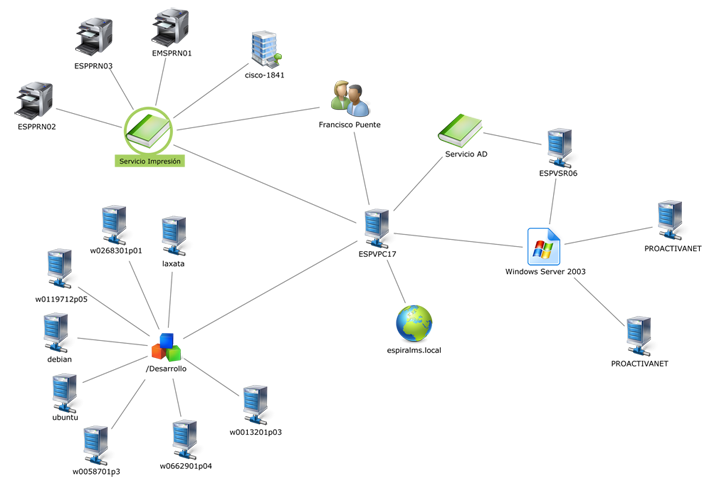Where do I start and what point should I reach with my CMDB?

The truth is that starting up a project to implement the configuration management process and its corresponding CMDB is a little bit intimidating, or at least it gives us a little bit of pause... The question is always the same: Where do I start and up to what point do I have to enter data into the CMDB? Here are some tips that I hope will be of assistance.
First, are you clear about the contents of your service catalogue? You’re not? Then do not proceed yet with the CMDB; first, define the catalogue, and when you have it ready, go back to that the CMDB project...
And what is the status of your asset inventory? If the answer again is that you don’t have one, or that you have had it on the back burner for some time, then we have run into another problem. Bring your inventory up to date, and then you can continue...
If you have read up to this point, then I suppose that you have a spiffy catalogue and inventory ready to populate your brand-new CMDB. And since you are already very clear on the services (at least those for the business), this will be the first step: create all the services in the CMDB with their corresponding CI and if possible with a relevant icon in order to identify them clearly (this might seem silly, but the icon helps a great deal to keep you from getting lost when you are busy creating links). In addition to the services for the business, you will have detected an extensive collection of technical services that support the former, and so you will have to register them as well (preferably, with a different type of CI than for the services for the business, in order to distinguish them clearly). And this wraps up Phase 1 😉
On another note, since we have already listed assets in the inventory, it is time to consider which of them should be entered into the CMDB. I am not in favor of putting everything into the CMDB, because the inventory surely has a thousand elements that do not contribute greatly to the CMDB, and having them under control in asset management is more than enough. Where do I set the (first) boundary between what goes into the CMDB and what does not? Since the limit has to be set somewhere, I always use the same rule:
- I only put into the CMDB any elements that are relevant for the service provision (rather than for use of services)
- I focus on the HW & SW that is at the DPCs, and not elements “scattered” all over the network (except for the cabinets and communication elements, which I always put in from the start)
The rule above might sound very extreme, and it is likely that some relevant elements will be left out, but I insist that we are currently working on the first rough approximation (iteration) of the CMDB, and afterwards we will gradually expand and improve it.
Si If we already have the services for business, the technical services and the infrastructure, then the moment has come to link them with each other, in the following order:
- First, we will model the technical services, and it will be these that we will use later, time and time again, to link them with the services for the business
- Next, what I just finished saying, link the services for the business with the technical service that support them
- Finally, link the services for the business with the infrastructure specific to each one of them
And now you’re done!! Now we have our CMDB v1.0, and from now on, the only thing left to do is iterate, iterate and iterate in the cycles of continual improvement:
- By creating services for business that we have forgotten or that have cropped up in the meantime
- By refining the most critical technical services and those that give us the most difficulties
- By entering more detail (depth) into the CIs included in the scope
- By expanding the scope in order to enter more CIs, or even the consumer party of the most critical services or those that give us the biggest headache
Perhaps the first version of the CMDB will be a little bit pitiful, but we were going to start somewhere and not be left paralyzed by analysis. If the result isn’t completely convincing, then it is very easy to start with continuous improvement and spin through the Deming Cycle for the first time 😉
I hope that you enjoy it
Jandro Castro
